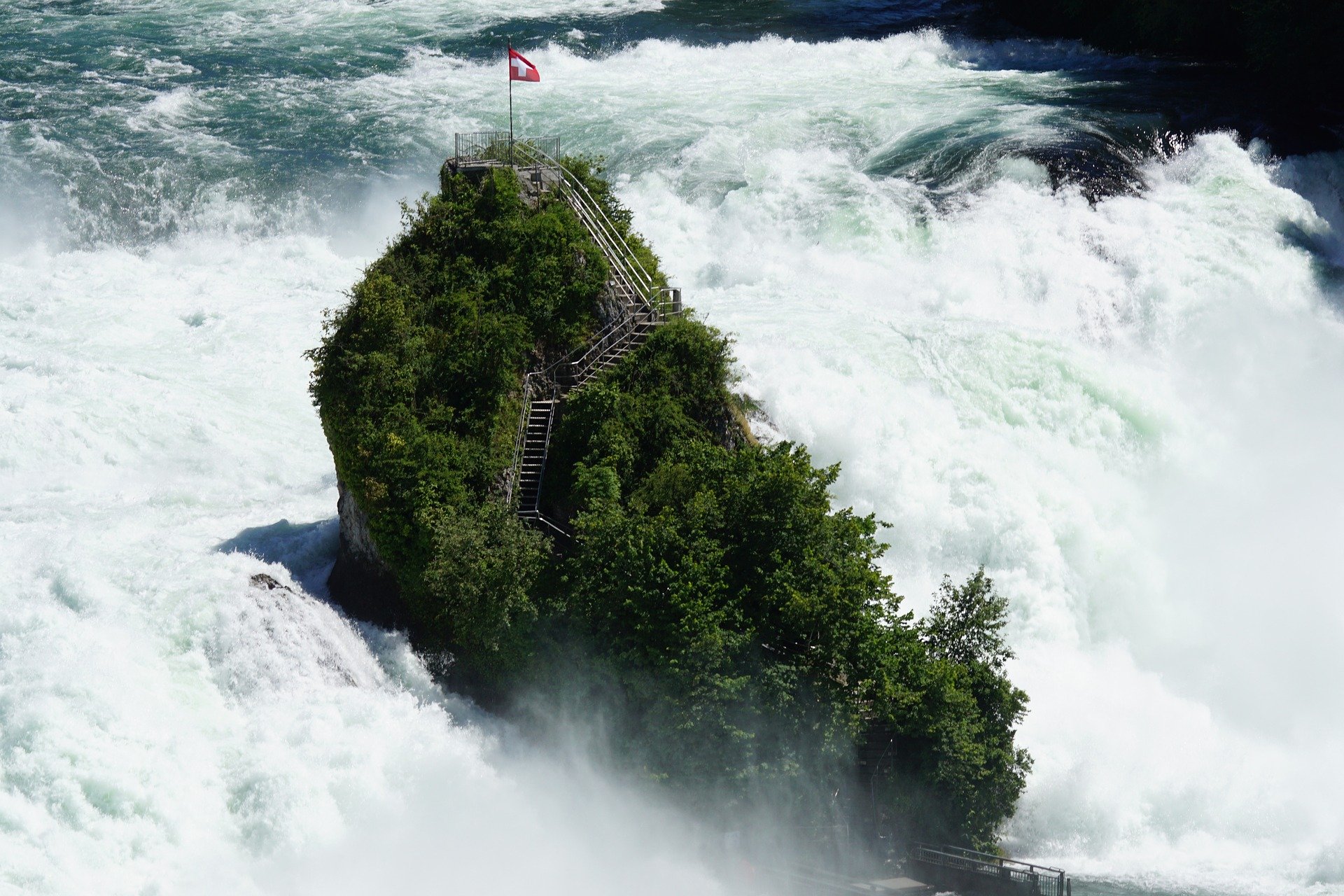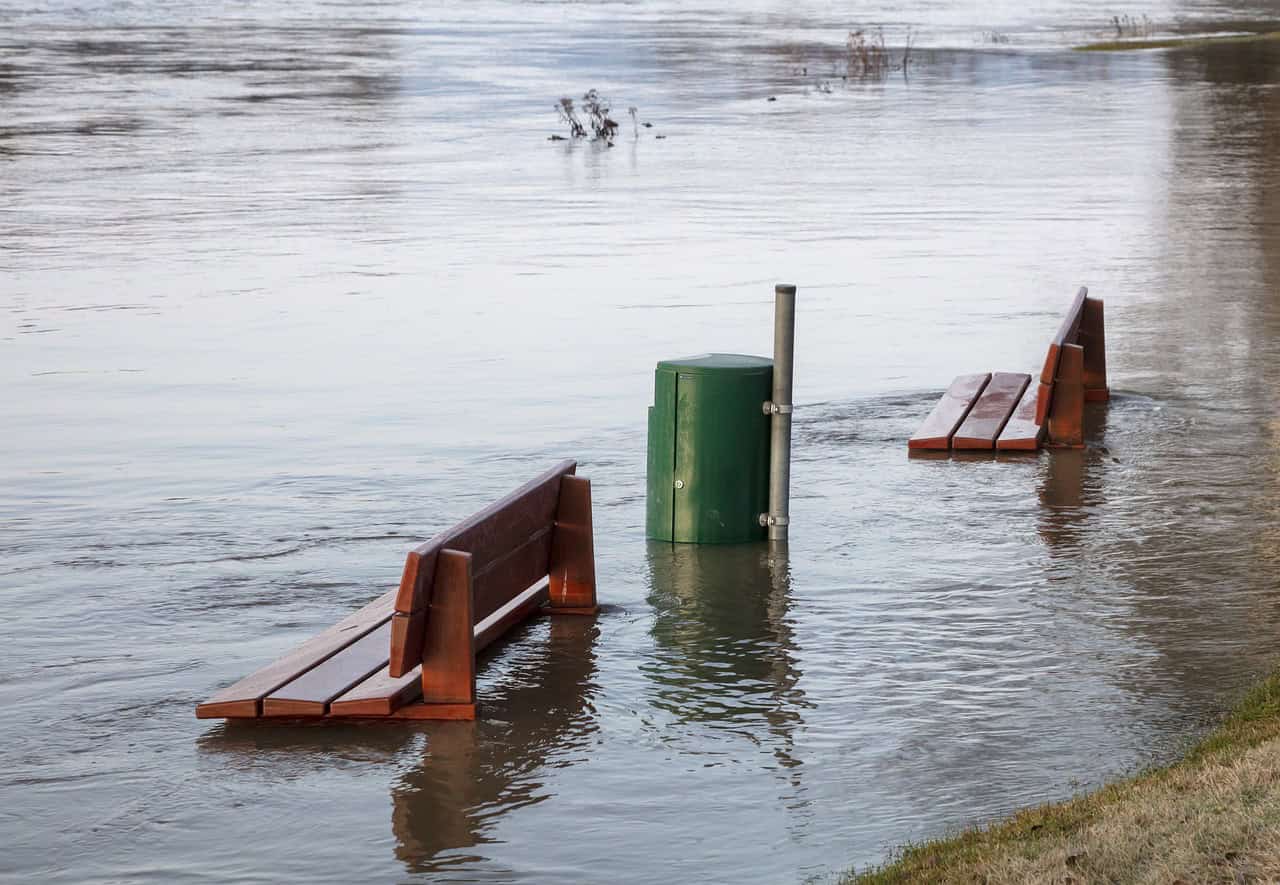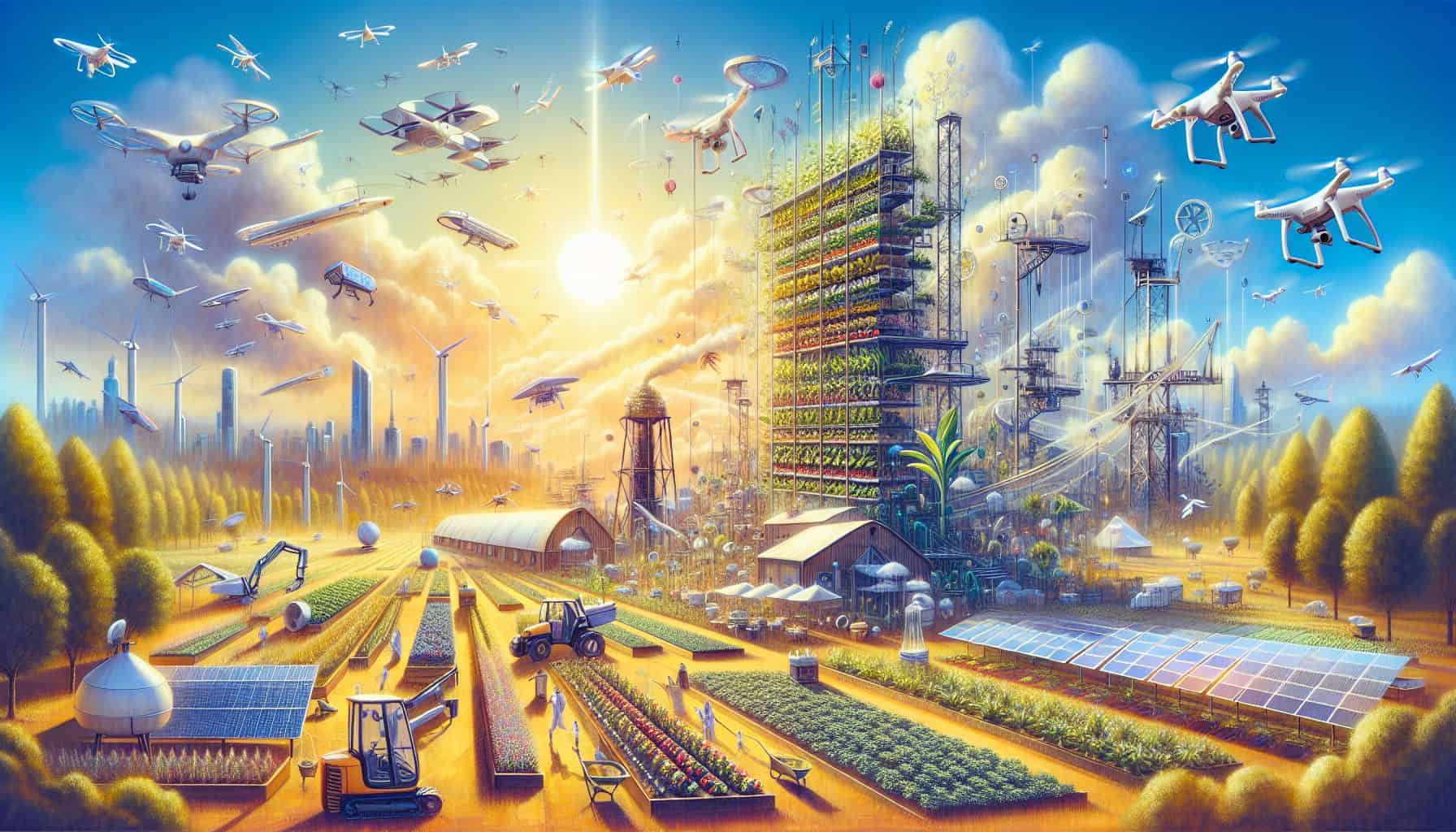
We assume that water is an unlimited resource every time we turn on the tap. But experts warn that climate change will affect our water supplies. Freshwater is one of the most endangered ecosystems in the world.
It is the diversity of species in lakes and rivers that is responsible for our water quality. In an ecosystem such as a waterway or a river, each individual living creature contributes its share to the overall equilibrium. Water quality is at risk because of declining biodiversity. This will over time lead to changes in our water supplies, even in the Alpine region of Austria.
Safeguarding water supplies
At the 6th Biennal Symposium of International Society for River Science (ISRS) in Vienna, it was the hydrobiologist Thomas Hein who warned against the careless use of freshwater resources. Studies show that since 1970, the diversity of freshwater species has declined by 83 percent. According to Hein, it’s not just the number of species that are becoming extinct that is alarming, but the speed at which they are disappearing is of great concern as well. Ongoing loss of microorganisms, insects and fish destabilizes the ecosystem of waterways over the long term. The scientist emphasizes that the extinction of a species is final. The remaining biodiversity in flowing waters must ultimately be preserved in order to safeguard water resources.
Hein is a board member at the Institute of Hydrobiology and Aquatic Ecosystem Management (IHG), part of the University of Natural Resources and Life Sciences (BOKU) in Vienna and a member of the global initiative Alliance for Freshwater Life. This is a network of experts who aim to communicate more effectively on solutions for the development and conservation of freshwater ecosystems. Their goal is to reverse the depletion and decline of freshwater biodiversity.
Appeal to politicians
To date, political initiatives to conserve freshwater biodiversity have not been enforced consistently enough – to quote the organization’s message. Political strategies for the sustainable development and use of freshwater usually neglect the biodiversity that is associated with it.
At the Biennal Symposium of the International Society for River Science, researchers presented a series of studies describing the impact of climate change on biodiversity. One of the key problems: Alternating periods of heavy rainfall and drought. Which caused flooding and lowering of water levels in rivers and floodplains. Both weather events result in a decline in biodiversity.
Triggers heavy rainfall and periods of drought
This was shown in a study by Pawel Napiórkowsky and Nikola Kolàrova, from the Department of Hydrobiology at Kazimierz Wielki University in Bydgoszcz, Poland. The scientists examined the effects of extreme weather events on zooplankton in the floodplain lakes of the Vistula Valley in Poland. The study was conducted over a period of nine years.
Zooplankton is the term used to describe all animal organisms floating in water. In addition to phytoplankton, they contribute significantly to the production of organic material in the aquatic ecosystem.
Rotifier dominance
Only a few species have the capacity to utilize resources during major climatic disruptions. Their dominance reached between forty and sixty percent when the water level dropped sharply. Both floods and droughts encouraged the exponential growth rate of small rotifers (microscopic animals) that feed on floating matter and bacteria. They have the ability to adapt to a wide range of environmental conditions. Proliferation of the rotifer species has been at the expense of crustaceans and has been observed in several places.
Cleaner hydropower
Hein’s colleague Astrid Schmidt-Kloiber, senior scientist at the Institute of Hydrobiology and Aquatic Ecosystem Management at BOKU Vienna, advocated at the symposium for cleaner hydropower. Expansion of dams is booming business worldwide. More than half of all rivers have already been dammed up. Austria is No. 1 in Europe when it comes to the use of hydropower. It made the largest contribution to this sector in 2017, accounting for 35.3 percent of total renewable energy generation in Austria.
In addition to flood protection structures, there is one transverse structure per kilometer of river in Austrian waterways. That’s according to the statistics from the Federal Office of Water Management. That is about 33,000 barriers for migratory fish and other organisms. Among other things, it is the lack of adequate water passages that endangers food security for fish and denies migratory fish species access to their spawning grounds.
The negative effects of structural intrusions into river systems explain why so-called clean hydropower is considered a major factor in species extinction, the scientist concludes. Yet this need not be the case. Sustainable technical solutions already exist. These have already been implemented in Austria on a case-by-case basis. Globally, though, she sees a trend towards further deterioration.
Also interesting:
Using a Migration Aid for Fish to Generate Green Electricity







